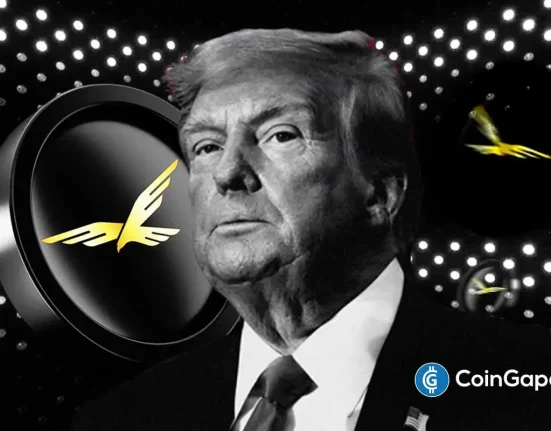Following President Trump’s March 6 Executive Order establishing a Strategic Bitcoin Reserve and U.S. Digital Asset Stockpile, federal agencies and market participants may begin to grapple with the operational and compliance implications of the federal government’s proposed foray into crypto ownership and stewardship. While many of the program’s details remain under development, the initiative raises questions related to governance, custody, disclosure, and alignment with existing financial and national security laws.
As the U.S. begins to treat digital assets not just as speculative instruments, but as components of sovereign infrastructure, various compliance obligations—some existing, others emerging—will come into play.
Asset Classification and Oversight
Federal agencies charged with oversight of crypto markets—including the SEC, CFTC, FinCEN, and the IRS—will likely need to coordinate with the Presidential Working Group on Digital Asset Markets (previously discussed here), which the executive order references as a key platform for developing operational standards for the reserve. This could include initiatives such as (i) developing inter-agency compliance protocols for classification and treatment of different digital assets, and (ii) addressing whether sovereign ownership triggers obligations under existing securities, commodities, or money transmission laws when assets are transferred, staked, or deployed in decentralized finance protocols to generate yield.
Custody, Security, and Risk Controls
Federal crypto assets are currently held under a patchwork of custody arrangements, often involving third-party custodians retained by the DOJ and U.S. Marshals Service (previously discussed here). The strategic reserve initiative may prompt more formalization and regulation of public-sector crypto custody, including:
- Implementation of multi-signature wallets and layered access controls;
- Segregated storage of assets across agencies, or centralized consolidation under a single federal custodian;
- Audit process for confirming provenance and security of network hardware components used to hold and transfer the digital asset reserve; and
- Mandated internal controls and periodic auditing of wallet activity, private key management, and access logs.
Anti-Money Laundering, Sanctions, and Forfeiture Frameworks
As the federal government expands its digital asset holdings, it must maintain robust anti-money laundering (AML) and sanctions compliance for both seized and strategically acquired assets. This could include:
- Screening assets and counterparties for exposure to OFAC-sanctioned jurisdictions or wallet addresses;
- Establishing procedures for chain-of-custody documentation in asset acquisition or liquidation; and
- Determining whether assets acquired through strategic procurement (rather than through seizure in connection with illicit activities) require new reporting or risk management practices under the Bank Secrecy Act and Patriot Act.
Furthermore, to the extent the Digital Asset Stockpile includes tokens used in DeFi protocols or cross-border settlement, further questions arise regarding whether the government must comply with evolving international AML and counter-terrorist financing standards.
Putting It Into Practice
The creation of a Strategic Bitcoin Reserve and Digital Asset Stockpile marks a dramatic turnaround in how the federal government engages with crypto assets—not only as a regulator, but now as a market participant, custodian, and price maker. As this strategy unfolds, agencies and contractors involved in its implementation will need to build robust compliance infrastructures informed by existing financial laws, agency protocols, and national security objectives.







